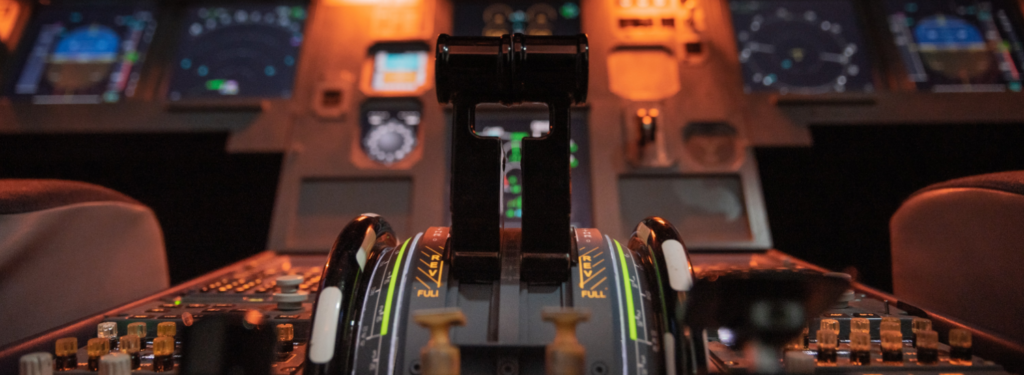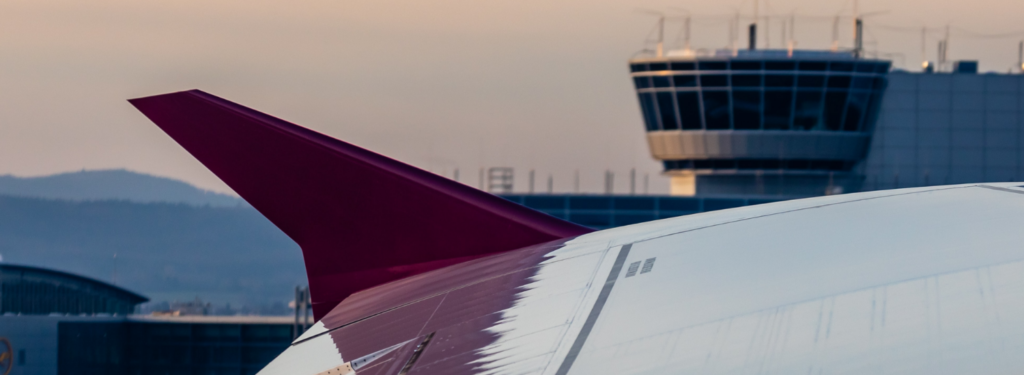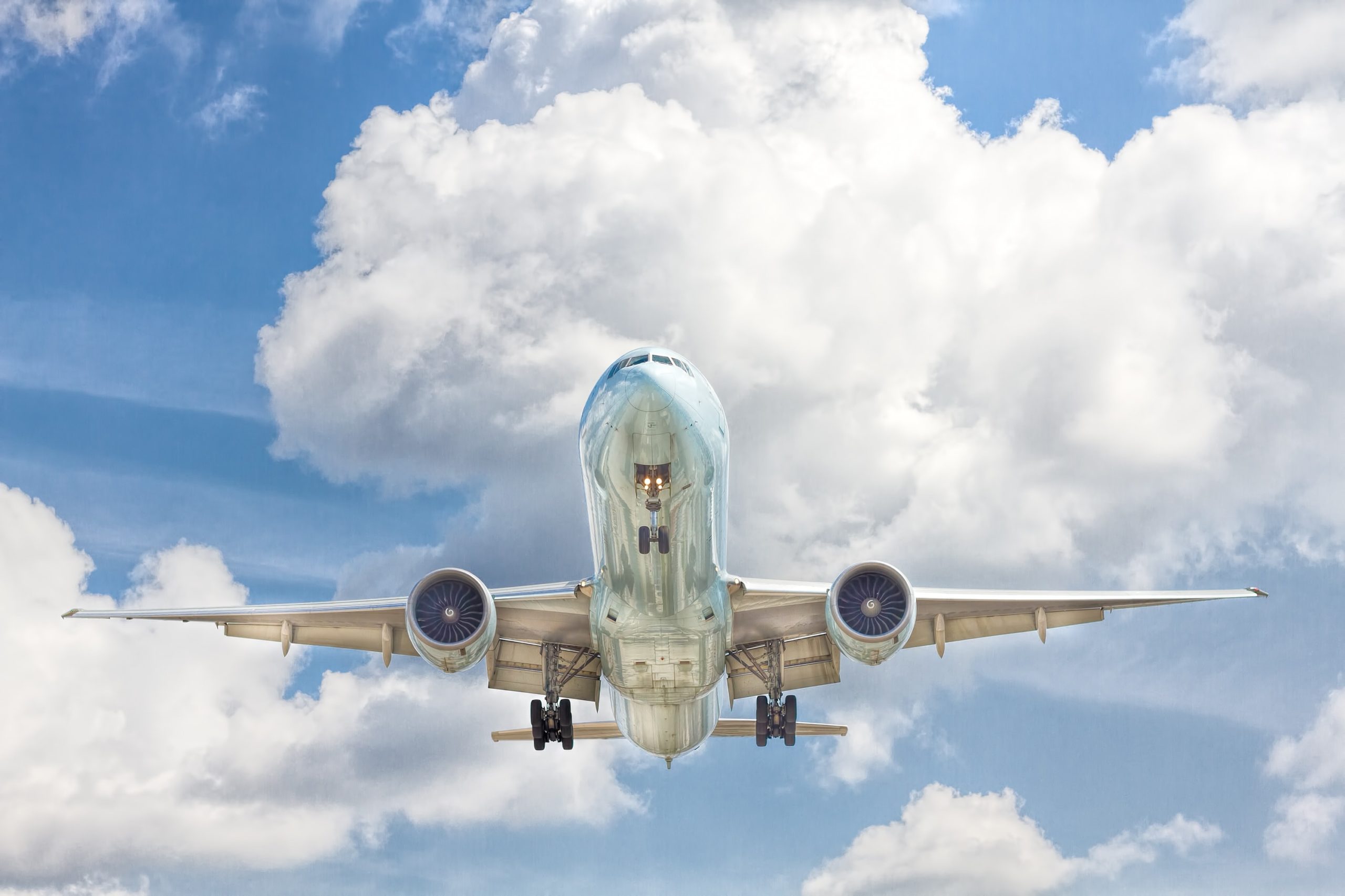Commercial Aircraft
Investing in commercial aircraft is an excellent way to diversify an investment portfolio in alternative investments. While it may seem daunting, investing in commercial aircraft really is a straightforward exercise of investment analysis. There are three factors that will determine the overall pre-tax return on a commercial aircraft investment after taking into account the purchase price paid for the asset:
- Rental Income
- Maintenance Compensation
- Residual Value
Let’s look at each of these in turn.
Rental Income
Commercial aircraft can be purchased ‘naked’ (absent a lease being in place) or on lease. At access, we will typically be acquiring for our investors commercial aircraft on lease. The lease will provide that the lessee, the operator of the aircraft and invariably an airline, is obligated to pay rent. There are of course variations, but for the most part rent is paid monthly, in advance, on a fixed basis and in US dollars. The payment of rent, therefore, provides the investor with a predictable source of cash flow over the life of the related lease. The primary risk factor with respect to this component of the return is the creditworthiness of the lessee.
Maintenance Compensation
Before we get into the detail of this return factor, let us briefly explain a little about commercial aircraft leases generally. If an airline lessee receives, say, a brand-new aircraft from a lessor at the beginning of a lease, as the airline uses the aircraft in its operations, the usage of the aircraft reduces the value of the aircraft relative to its brand-new status by “using up” the maintenance condition of the aircraft.

What that means is that the aircraft, and the various parts and components that make up the aircraft (such as engines and landing gear), must be refurbished and maintained after so many months, hours, (the number of hours flown) and/or cycles (the number of each ‘take-off and landing’).
Airline lessees, therefore, are often required to pay to the lessor, in addition to rent, regular payments (called maintenance reserves) to compensate the lessor for the physical usage of the aircraft, and those reserves are then available to the lessee when the maintenance is performed to restore the aircraft to its “new” condition. These payments are usually paid monthly, in arrears, and are the property of the lessor.
Alternatively, some airlines, usually those operators which are more established, larger, and with a stronger credit profile, are able to negotiate with the lessor the ability not to pay on-going maintenance reserves. In those cases airlines are then required to pay to the lessor an end-of-lease adjustment payment to compensate the lessor for the usage condition of the aircraft at redelivery (i.e., end of the lease) relative to its delivery status (as in our example, brand-new) from the commencement of the lease.
Similarly to on-going maintenance reserve payments, the end-of-lease adjustment payment is retained by the lessor. So, whether the lessee has paid maintenance reserves on an ongoing basis, or the lessee must pay a lump-sum payment at the lease end, the lessor should be in essentially the same position financially at the end of the lease. As with Rental Income, the primary risk factor with respect to this component of the return is the credit of the lessee.
Residual Value
The residual value of an aircraft is the value of the aircraft at a particular time in the future, usually at the end of a lease term. When an aircraft’s lease terminates, the owner of the aircraft has several options to consider. The first consideration is the current maintenance condition of the entire aircraft and whether it is a candidate for being re-leased (i.e., a ‘flyer’). If the aircraft is younger it may be economical to spend money on restorative maintenance, as there is greater likelihood of recapturing that investment over time.

Assuming the aircraft is in fact a ‘flyer’ (or can be through restorative maintenance), it can then be:
- Sold in the market naked (i.e. without a lease)
- Put back on lease and either held or sold with a lease attached.
Assuming the aircraft is not a ‘flyer’ the airframe can either be:
- Sold into the market, likely to a parts company, or
- Parted-out via a consignment process with a parts company that leverages its expertise and network to sell parts.
The remaining engines are typically dealt with separately. Depending on maintenance condition, they can either be:
- Sold into the market, likely to a parts company or MRO,
- Put on lease to monetize the remaining utility (referred to as “greentime”) in the engine, or
- Depending on economics, perform maintenance on the engine and then subsequently sell into the market or put on lease (yes, aircraft engines can be leased on their own).
The risk factors for assessing residual value on a prospective basis primarily pertain to forecasting the demand for a particular type of aircraft (narrow body vs. wide body, Boeing vs. Airbus, engine type, configuration, age of the aircraft, follow-on potential like conversion for cargo operations, current or expected replacement technology, etc.).
In summary, these three factors will dictate an investor’s return on an aircraft investment. Insofar as the latter two components – Maintenance Compensation and Residual Value – require some degree of competency in the commercial aircraft finance industry, access relies on its best-in-class vertical partners to assist access in vetting commercial aircraft investment opportunities, and then – for those opportunities that are selected – to assist access in managing the leases during the course of the related aircraft’s lease term and maximizing the Maintenance Compensation and Residual Values.




